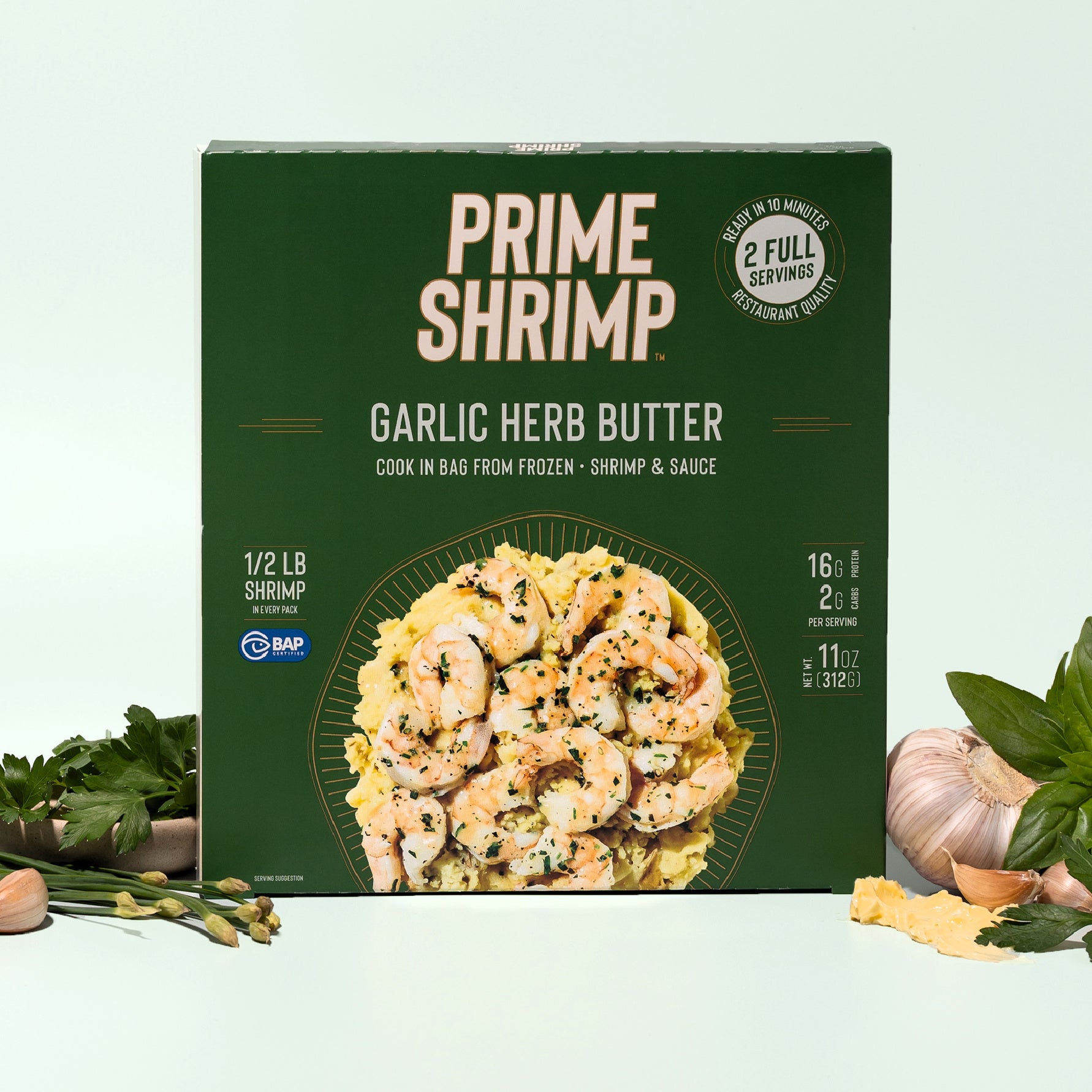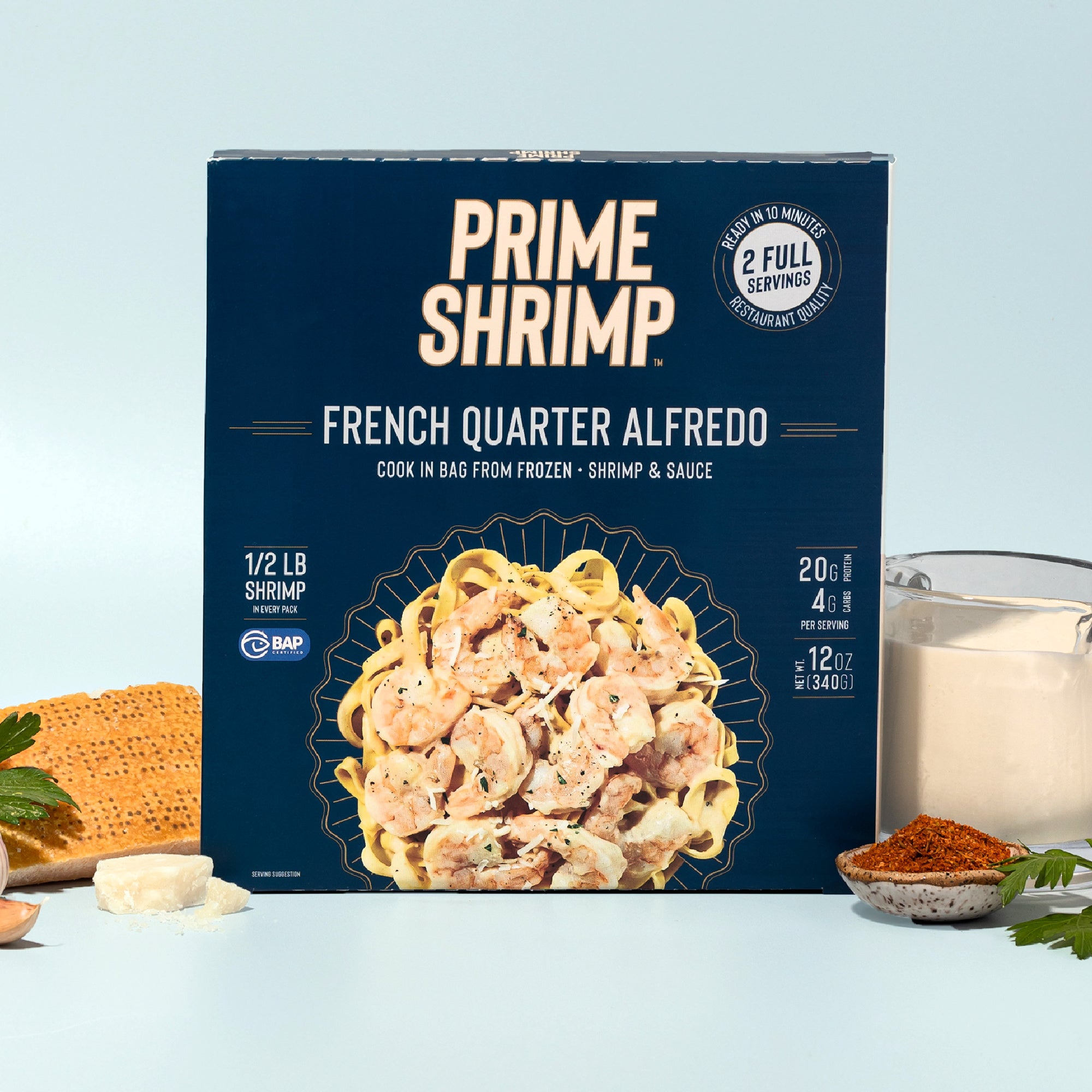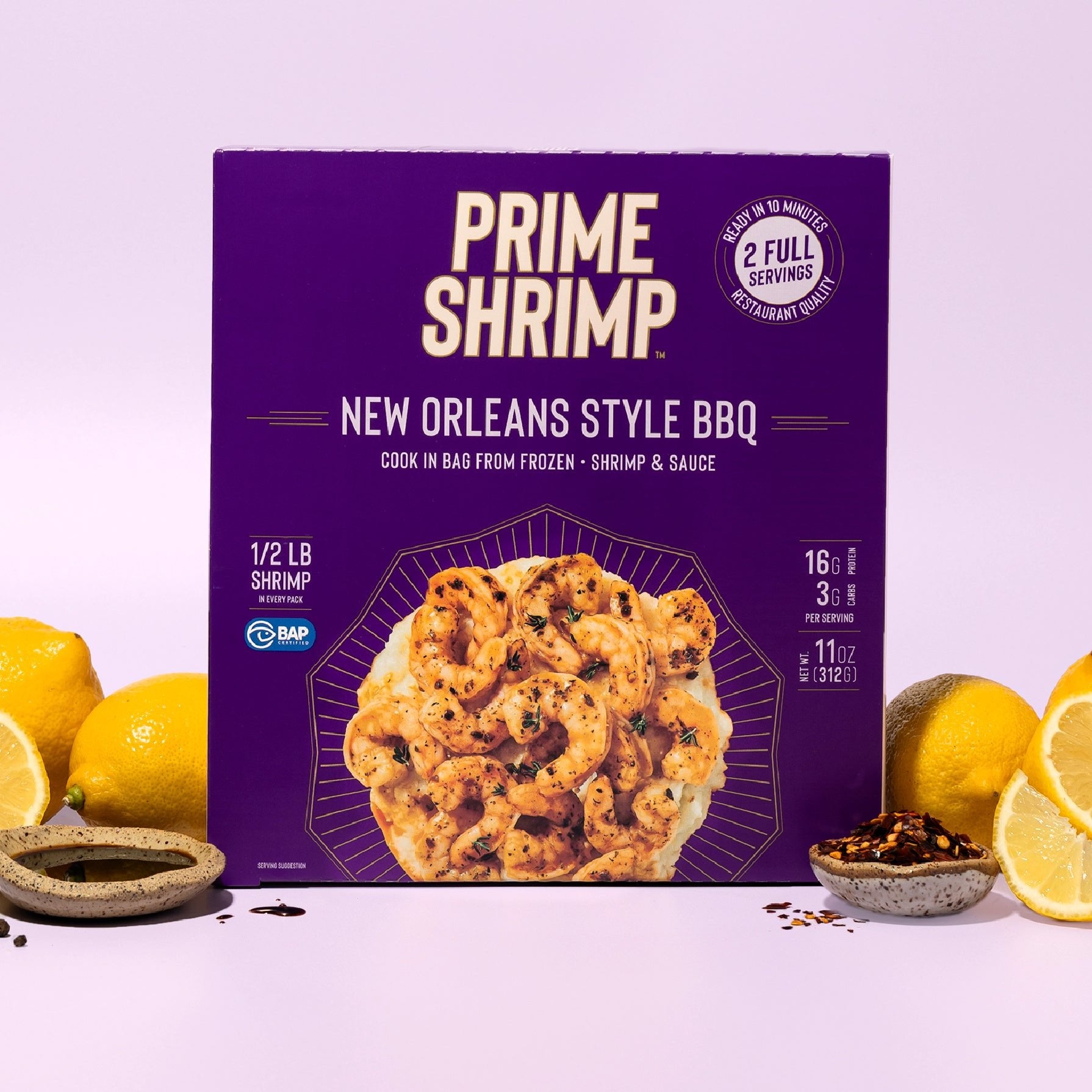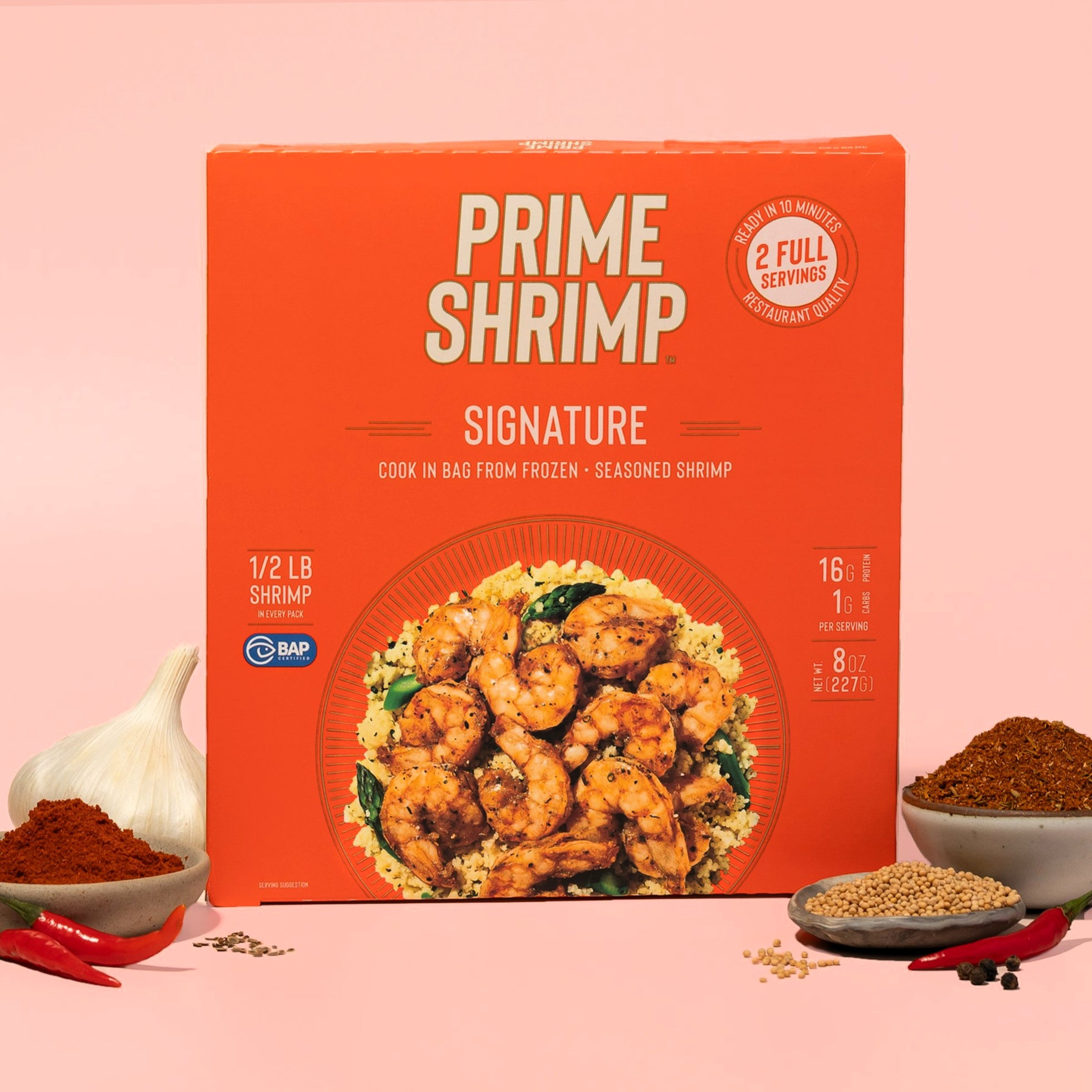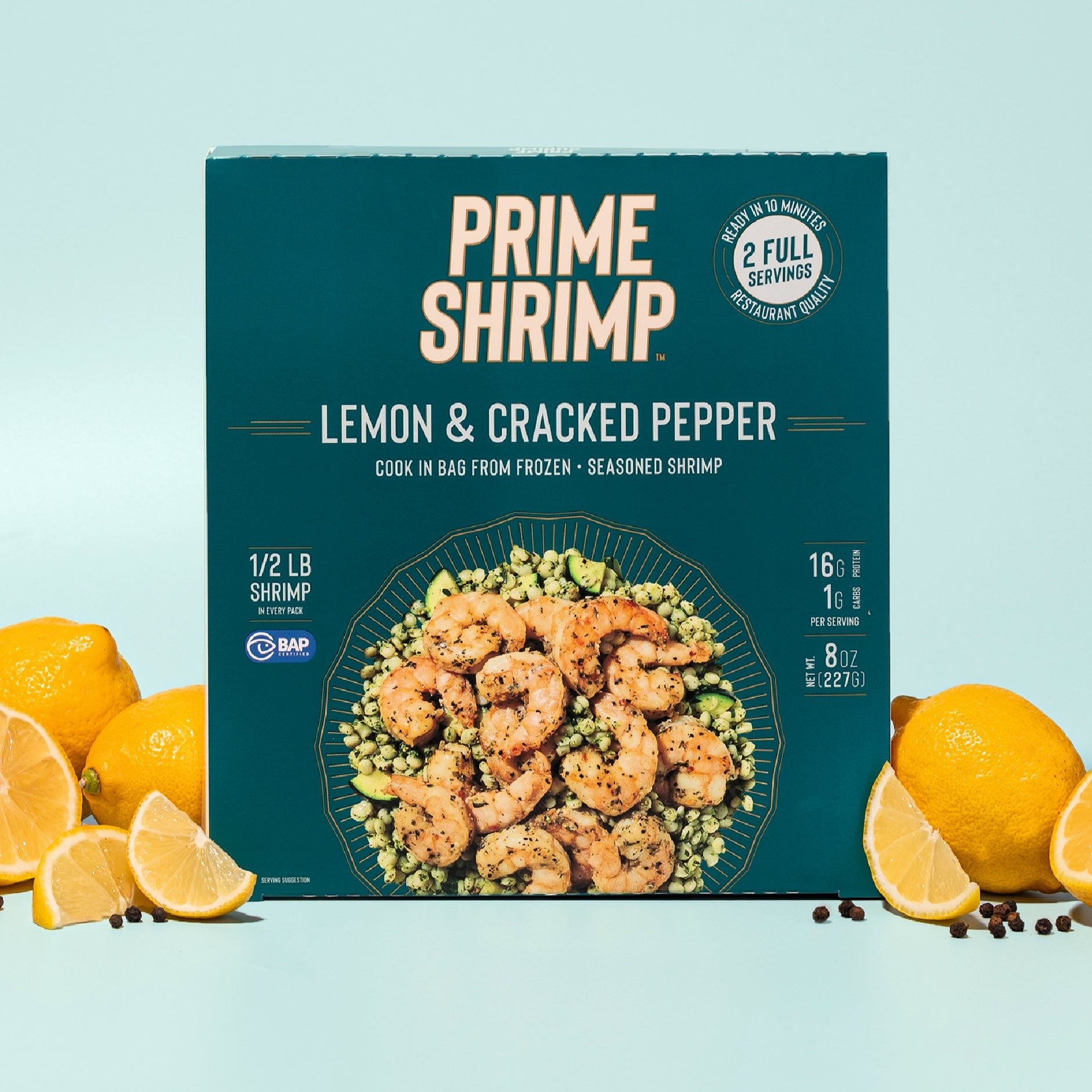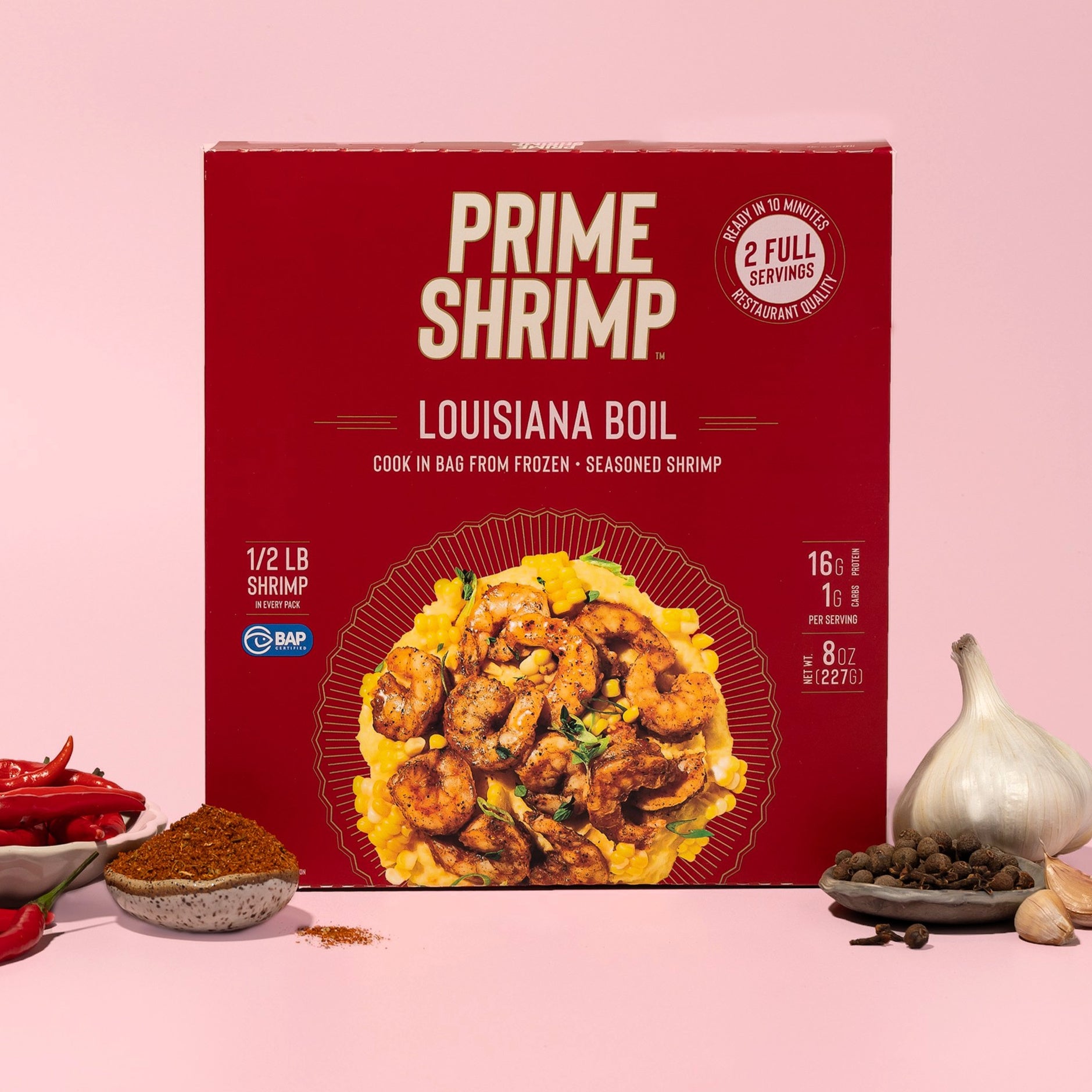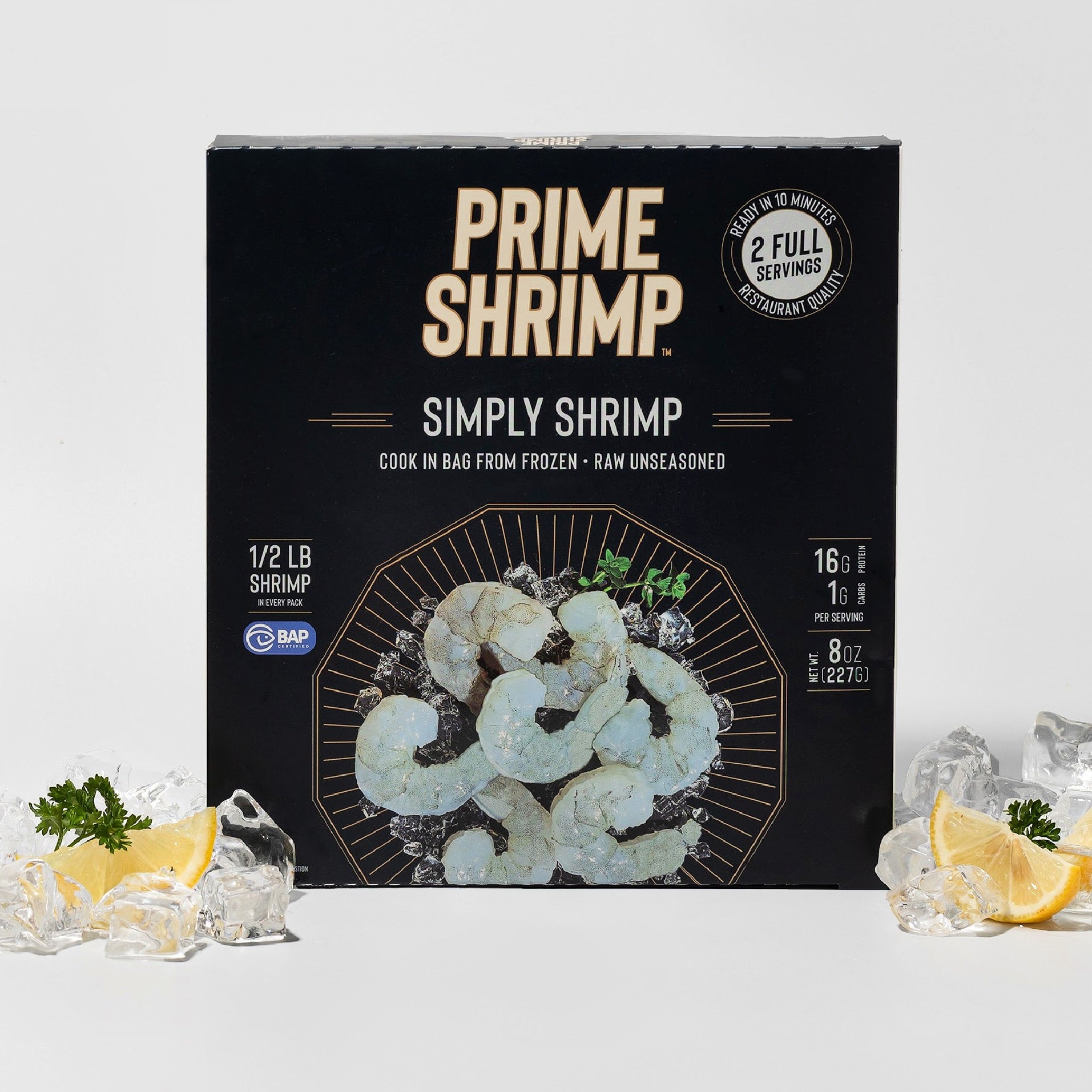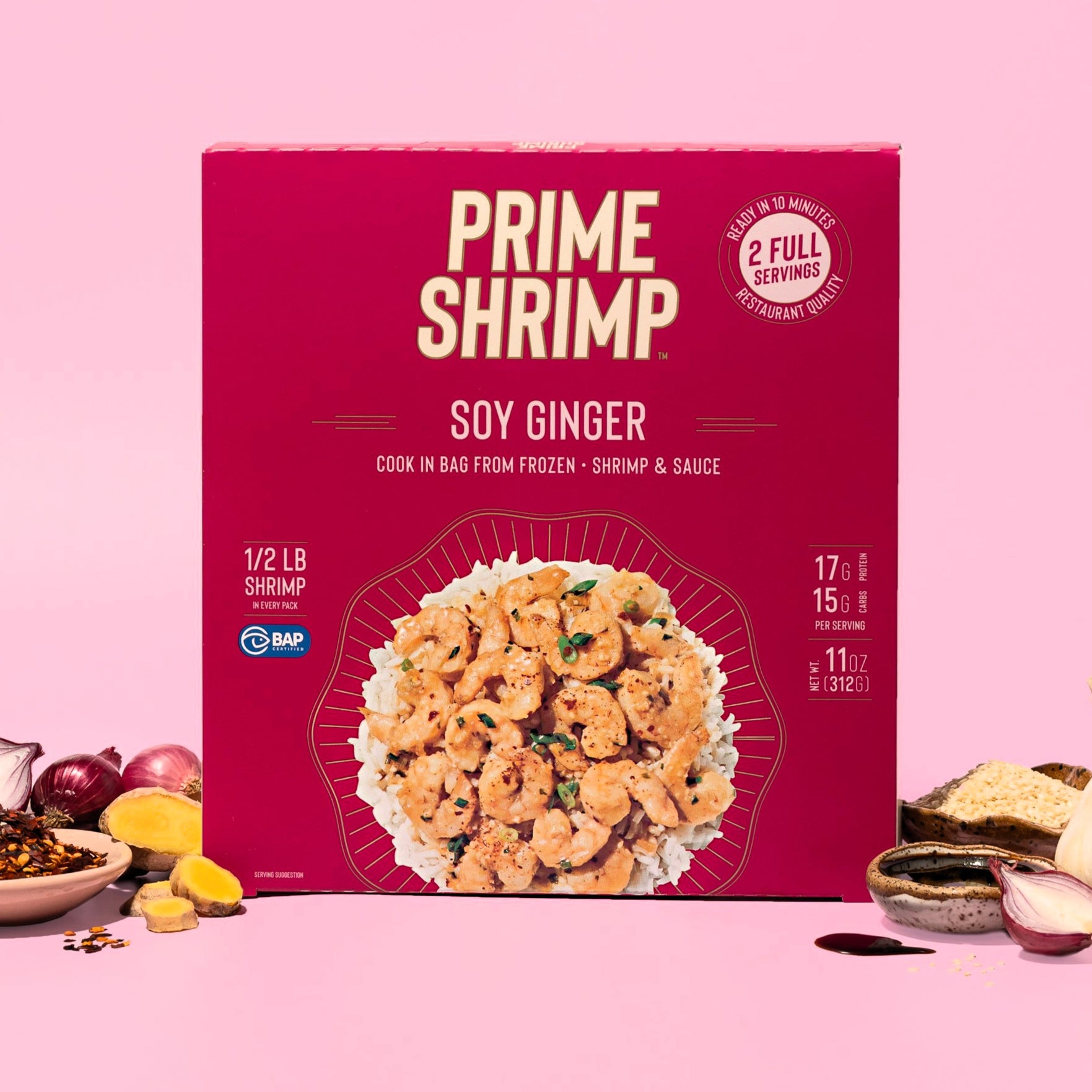

Maintaining Cost Savings and Food Quality Amid Increasing Food Service Complications
As food service leaders face the modern restaurant landscape, the various factors at play can become overwhelming. Amid rising food costs, labor shortages, supply chain disruptions, and unprecedented levels of competition brought by the advent of food delivery apps and social media, restaurants still need to prioritize cost savings and quality food. It’s no small order; According to the National Restaurant Association, approximately 38 percent of United States restaurants say they were not profitable in 2023.
As they work to juggle these complications and priorities, food service leaders will need to deploy a diverse toolset of creative solutions to fit their operation’s unique needs. Rethinking inventory management, cooking methods, and waste management will be key to success.
Rising Complications Across Food Service
It’s no secret businesses across the United States are struggling to find high quality, reliable labor. In the post-Covid atmosphere, restaurants are struggling to recruit from a labor pool that increasingly demands higher pay, better conditions, and more benefits. If this sounds familiar, you aren’t alone -- as of 2023, 62 percent of restaurant operators say they can’t staff enough to meet demand, and 80 percent say they have a hard time filling open roles.
As restaurant operators struggle to meet their needs with adequate labor, streamlining roles and responsibilities is crucial. Restaurant workers are finding themselves performing more tasks across a wider range of expertise than ever before. Amid this change, simplifying SKU and inventory management is a rising priority to maintain accuracy. Poor inventory management or forecasting can lead to overstocking and understocking, resulting in potential waste or revenue loss. As the financial burden of food prices grows—97 percent of restaurant operators report higher food costs in 2024—the negative consequences of inaccurate inventory management snowball.
As restaurant operators combat rising costs, they must reduce food waste. Overproduction and over-merchandising, confusing food safety policies, inaccurate inventory management, and over-portioning all contribute to the billions of pounds of food wasted by U.S. restaurants annually. On average, restaurants discard up to 10 percent of the food they purchase. Mitigating contributors to food waste is key to managing overall cost and budgeting or restaurant operations.
Maintaining Cost Savings and Food Quality in Restaurants
Although food service leaders and restaurant operators face a variety of challenges in the current food service landscape, creative solutions are everywhere. To strike the delicate balance between lowering costs and maintaining quality, strategic planning and execution are key.
Implementing efficient SKU ordering systems based on demand forecasts and minimizing food waste through proper storage and rotation practices can significantly reduce costs. Food service leaders should also consider simplifying ordering with solutions that combine multiple SKUs into one easy solution. For example, a pre-breaded protein, or a value-add product combining protein with sauce, rather than sourcing several SKUs independently for a single dish.
Regularly reviewing supplier contracts and negotiating better deals can also contribute to cost savings without compromising on the quality of ingredients. Additionally, investing in staff training on portion control and kitchen efficiency can help minimize food waste and ensure consistency in serving sizes, thereby maximizing profitability.
As restaurant leaders weigh these solutions, they should consider adopting cook-in-bag products like Prime Shrimp’s frozen Shrimp + Sauce and Shrimp + Seasoning. Because they are pre-packaged with several meal elements, products like this reduce the number of SKUs tracked and ordered, while eliminating the potential for over-portioning or under-portioning. They are also extremely simple to use, often requiring no prep work, which cuts down on labor and reduces room for user-error.
Despite the various pressures surrounding modern food service, demand remains strong; 9 in 10 adults say they enjoy going to restaurants. To succeed in the volatile landscape, food service owners and operators must remain attentive and adaptive. By monitoring and adjusting operations, and adopting new solutions along the way, restaurants can strike the right balance between cost savings and food quality, ensuring sustained profitability.
Share:
More News
-

Prime Shrimp in the News: Must-Try Recipes in 2025
Prime Shrimp is making waves in the culinary world, recently being featured on The Lifestyle List and News Channel 8’s Daytime. These popular shows highlighted how Prime Shrimp is rethinking the way you cook shrimp at home with its quick, flavorful, and effortless meal solutions. Watch the video or keep read more for the full story.
-
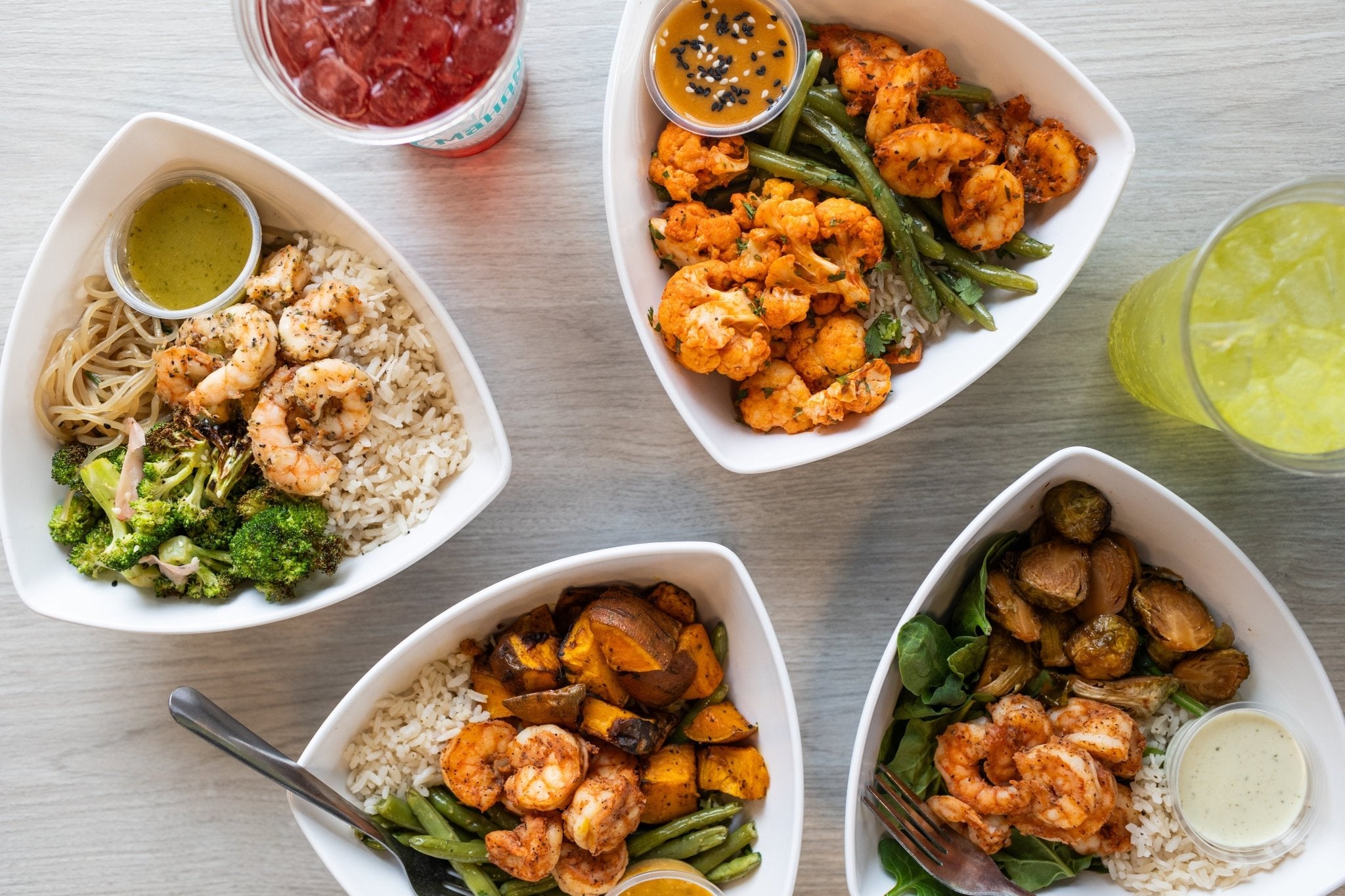
Prime Shrimp Partners with Mahana Fresh For “Shrimply Paradise”, A Celebration of Shrimp
Prime Shrimp, the brand known for its premium flavored shrimp and innovative cook-in-pouch method, is teaming up with Mahana Fresh, a fast-casual restaurant specializing in healthy, customizable dishes, to offer a limited-time, flavor-packed promotion. Through April 30, 2024, customers can...
-

Elevating the Quality of Farm-Raised Shrimp: The Prime Shrimp Mission
In a market where over 90% of shrimp consumed in the U.S. is imported and often of subpar quality, Prime Shrimp is on a mission to revolutionize the industry. By focusing on sustainability, advanced processing technology, and premium quality, Prime...




